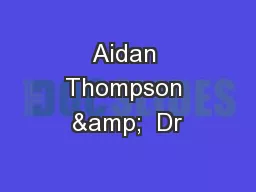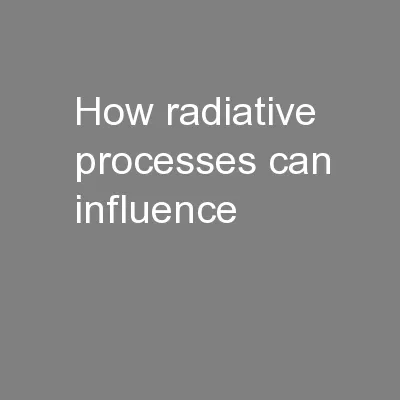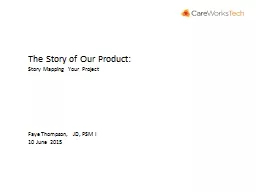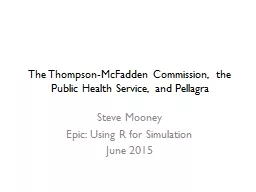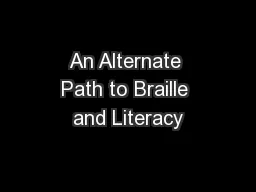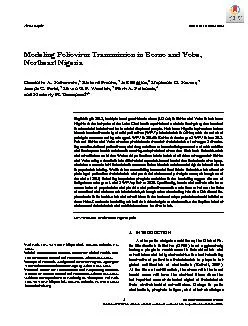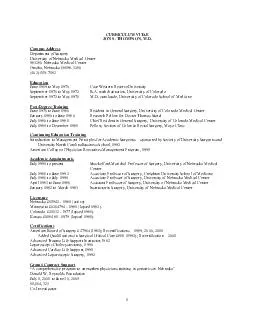PPT-Aidan Thompson & Dr
Author : cheryl-pisano | Published Date : 2018-03-13
Tom Harrison Jubilee Centre Virtues Religion and Character Education Virtues Religion and Character Education How church schools contribute to human flourishing
Presentation Embed Code
Download Presentation
Download Presentation The PPT/PDF document "Aidan Thompson & Dr" is the property of its rightful owner. Permission is granted to download and print the materials on this website for personal, non-commercial use only, and to display it on your personal computer provided you do not modify the materials and that you retain all copyright notices contained in the materials. By downloading content from our website, you accept the terms of this agreement.
Aidan Thompson & Dr: Transcript
Download Rules Of Document
"Aidan Thompson & Dr"The content belongs to its owner. You may download and print it for personal use, without modification, and keep all copyright notices. By downloading, you agree to these terms.
Related Documents

